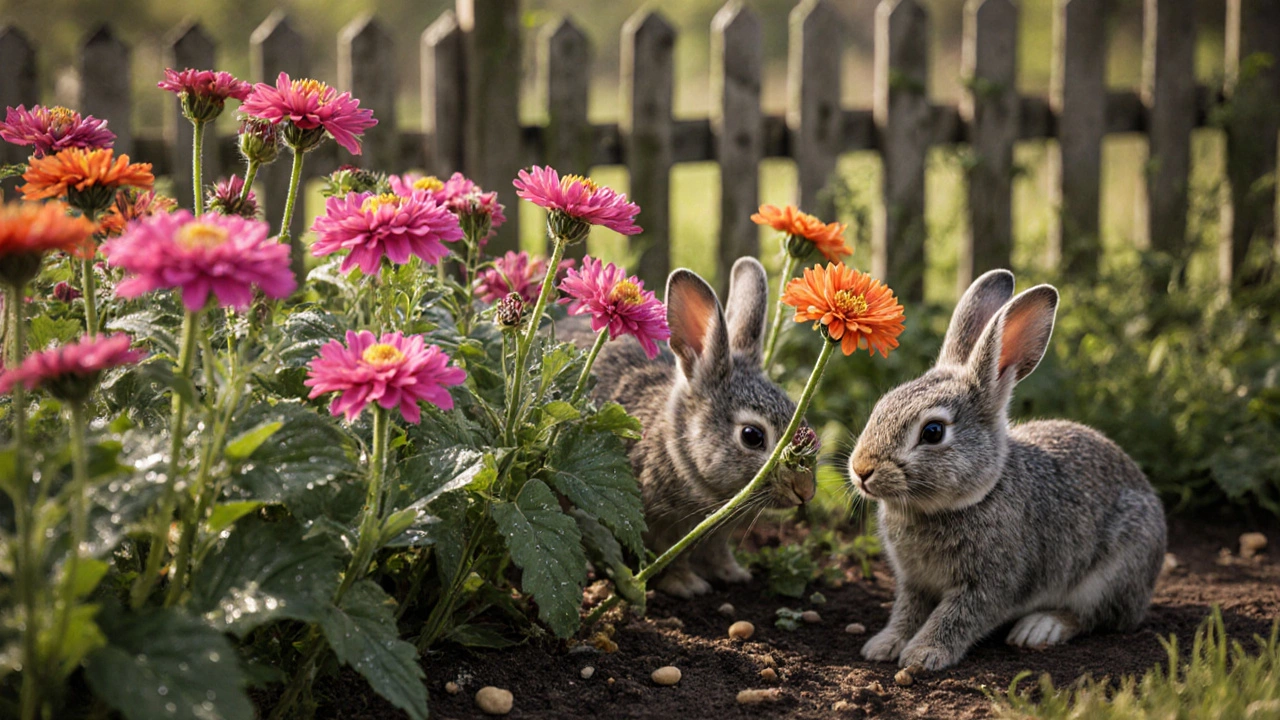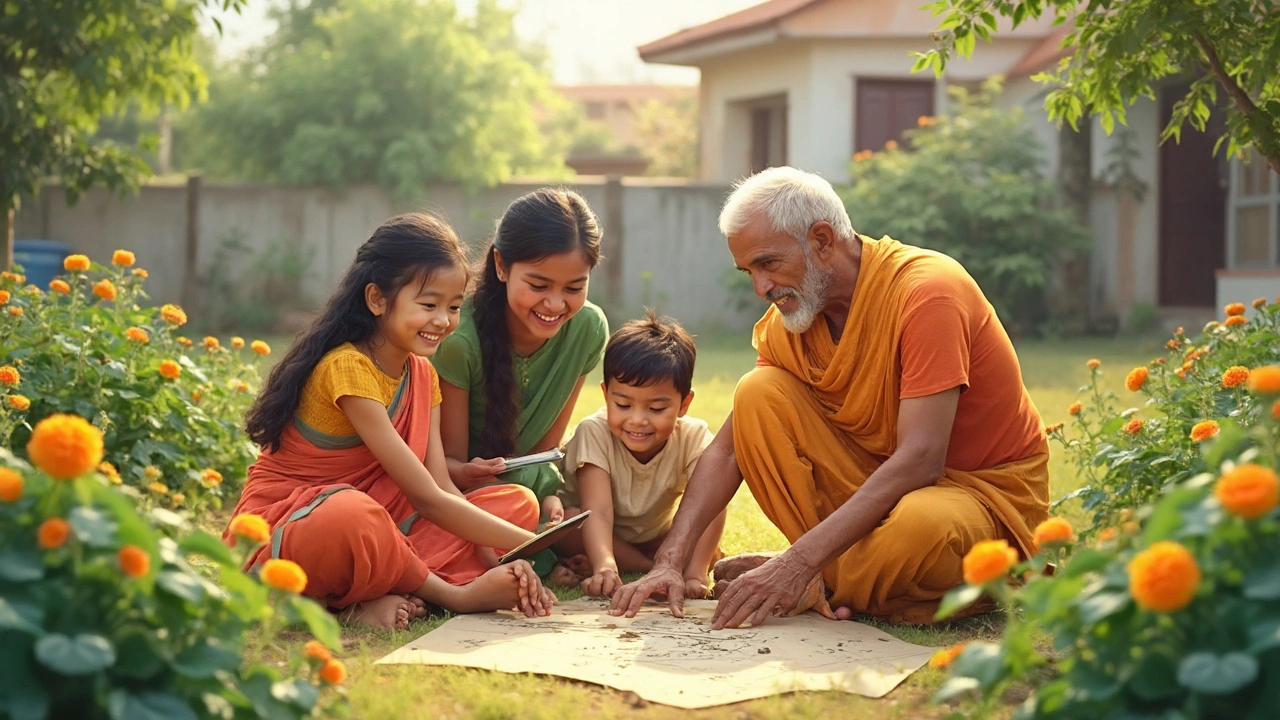Rabbits do eat zinnias, especially in spring and fall. Learn how to protect your kitchen garden flowers with simple, effective strategies - from cages to companion planting - without using harsh chemicals.
Kitchen Gardening: Grow Fresh Food Right Outside Your Door
When you think of kitchen gardening, a small-scale way to grow edible plants near your home for daily use. Also known as container gardening or urban gardening, it’s not about big fields—it’s about using windowsills, balconies, or a patch of soil to grow what you eat. This isn’t just a trend; it’s how families in India have fed themselves for generations, using what’s available to make meals tastier and healthier.
What makes kitchen gardening work is how it connects with everyday life. You don’t need a farm. You need a pot, some soil, and a little time. Plants like compost, organic matter broken down to enrich soil naturally turn your kitchen scraps into powerful food for your plants. And when you plant perennial plants, plants that come back year after year without replanting like bleeding hearts or certain herbs, you’re building a garden that grows easier over time. These aren’t just plants—they’re reliable helpers in your daily routine.
Most people start kitchen gardening because they want fresher tomatoes, herbs for their curry, or flowers that brighten their morning coffee spot. But the real win? Saving money, cutting plastic packaging, and knowing exactly how your food was grown. You’ll learn what works in your climate—like how zinnias attract pollinators but also draw in rabbits—or why coffee grounds can help or hurt your bleeding hearts, depending on how you use them. It’s not magic. It’s simple science, mixed with trial and error, and a lot of watching what your plants tell you.
Whether you’ve got a balcony the size of a doormat or a backyard you barely use, kitchen gardening fits. You can plan a layout that fits your space, pick plants that don’t need constant attention, and use what you already have—old buckets, egg cartons, or leftover soil. No fancy tools. No expensive kits. Just you, your hands, and the rhythm of growing things. And when you see your first tomato ripen or your basil bush explode with leaves, you’ll know why this isn’t just gardening—it’s a quiet kind of freedom.
Below, you’ll find real advice from people who’ve been there—how to avoid beginner mistakes, how to protect your plants from animals, and what actually makes plants come back year after year. No fluff. No theory. Just what works in Indian homes, on Indian soil, in Indian weather.
Are coffee grounds good for bleeding hearts? This article digs into whether you should toss those grounds from your morning brew onto your bleeding heart plants. Get the inside scoop on what bleeding hearts need, the real deal about using coffee grounds in your garden, and clever ways to boost your soil. Discover easy composting tips, and find out what actually helps these plants thrive—without guesswork.
Wondering how to start your first kitchen garden? This article breaks down the basics of laying out a garden for beginners, step by step. Learn how to pick the right spot, plan simple beds, choose what to grow, and avoid rookie mistakes. Get practical tips, clever tricks, and easy ideas that actually work, no matter your space or budget. Build a beginner-friendly kitchen garden that will have you harvesting fresh veggies in no time.
Ever wondered if those stunning bleeding heart plants you love will return each year? This article explains their growing habits, how to ensure they keep coming back, and easy tips to keep them healthy. Learn where to plant them, what conditions they thrive in, and what to do if they suddenly disappear. Perfect for kitchen gardeners who want beauty with little fuss.



